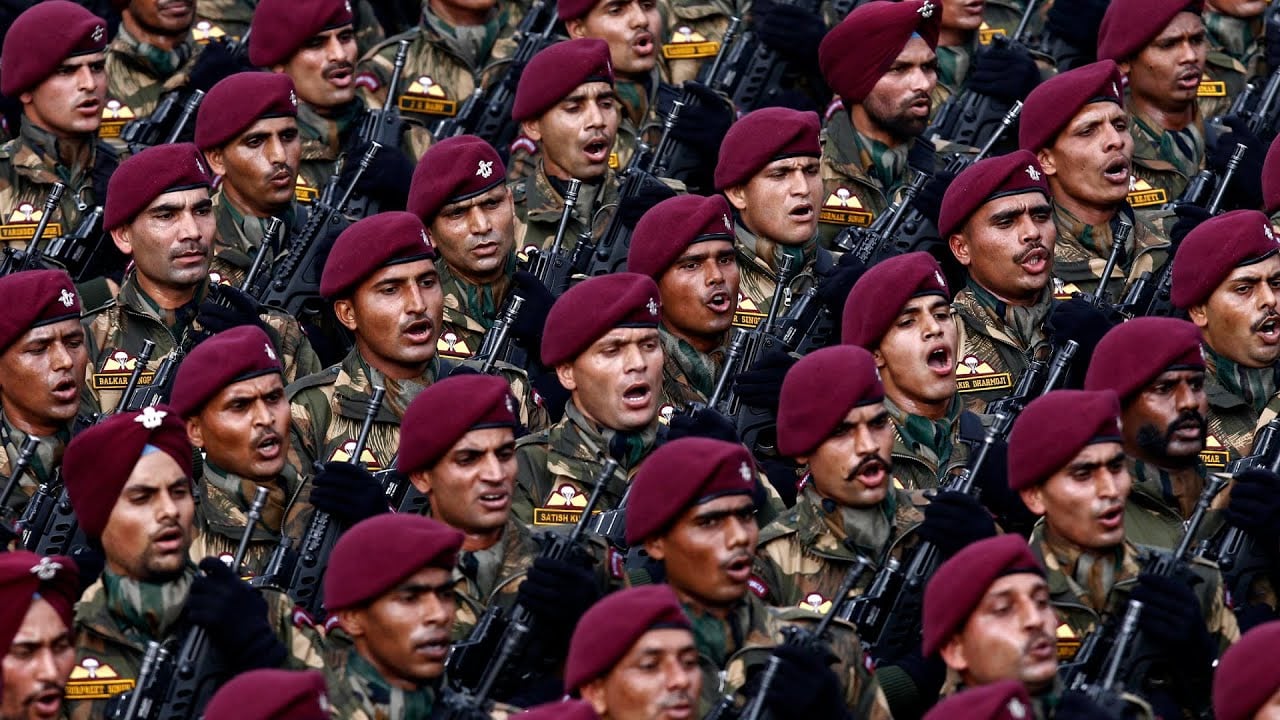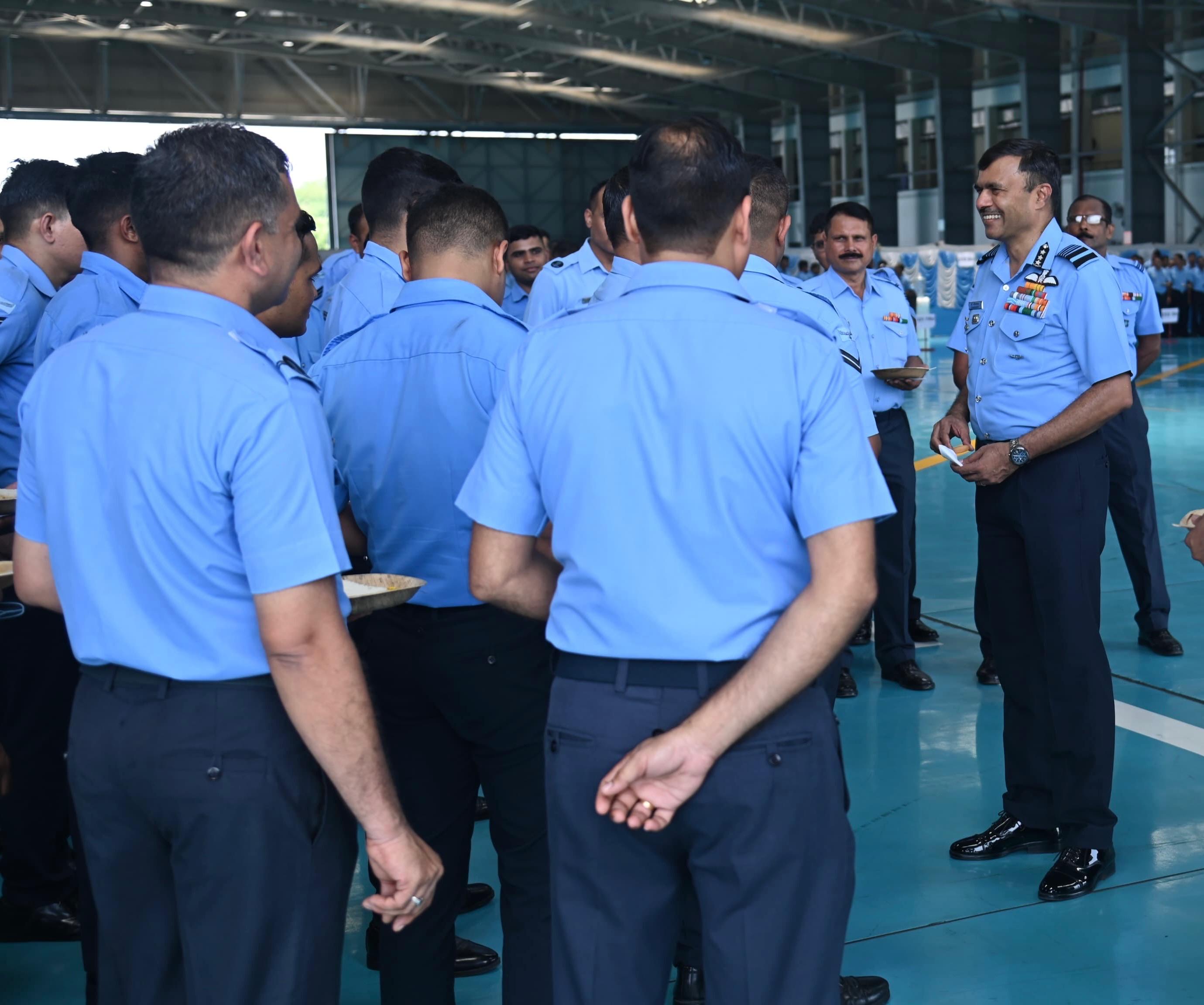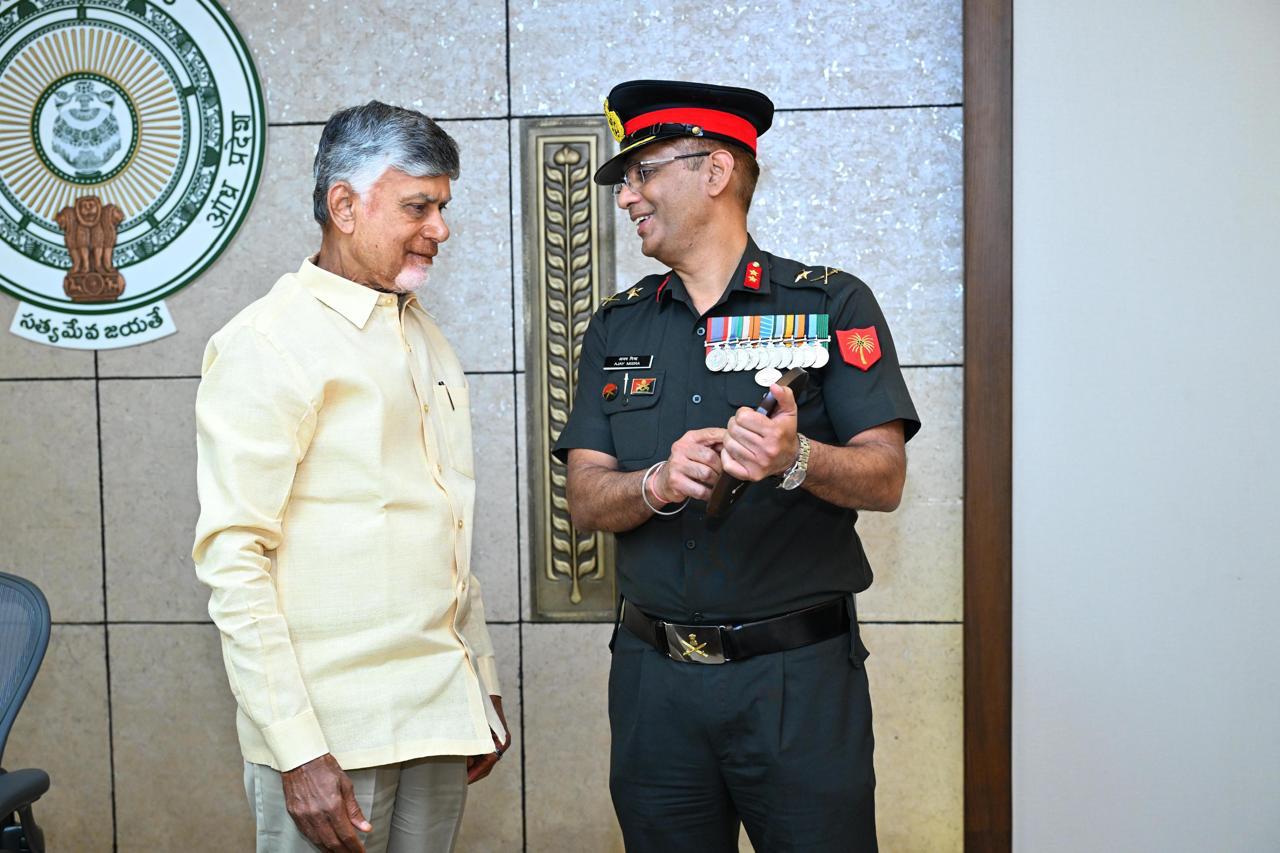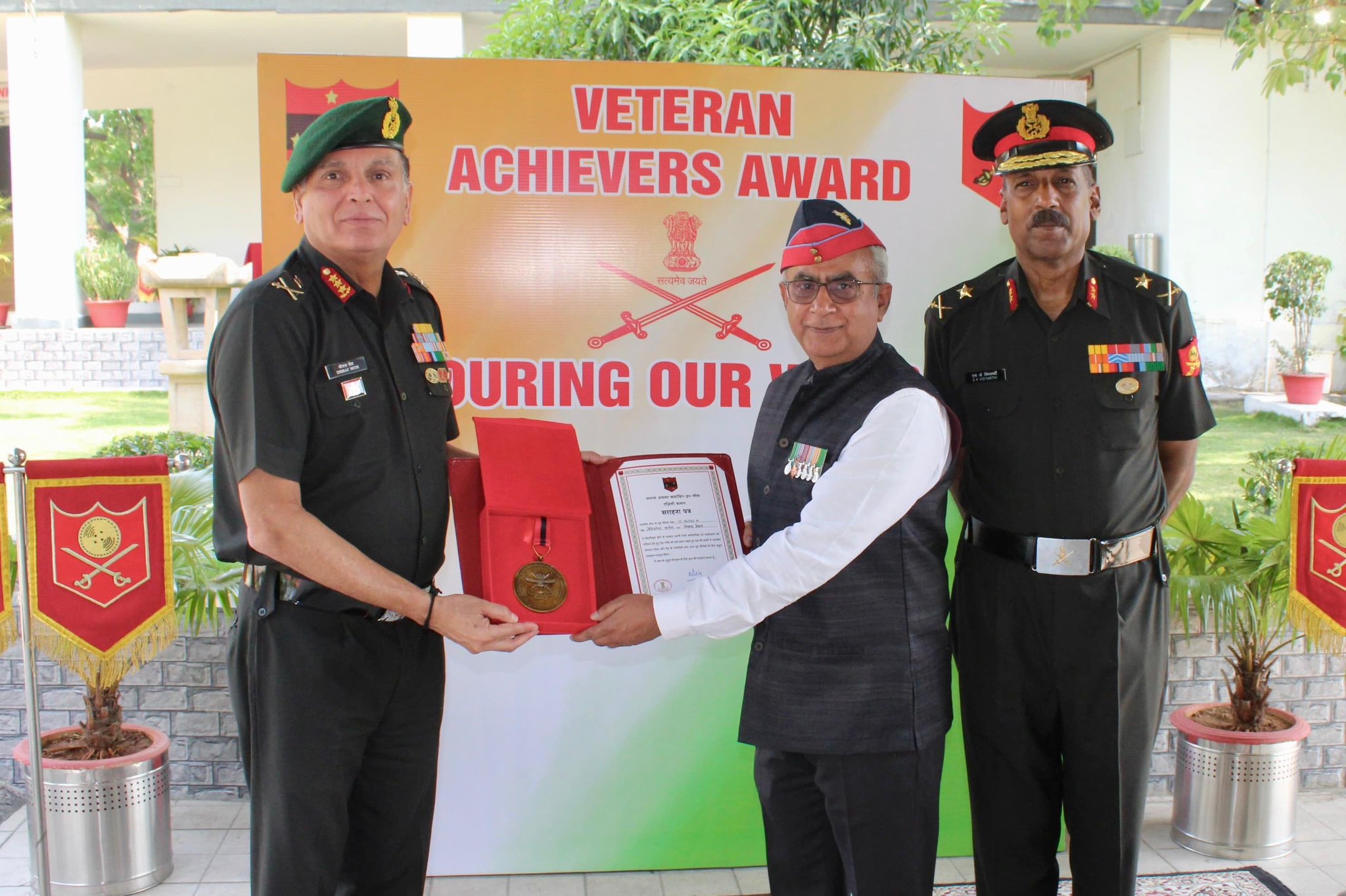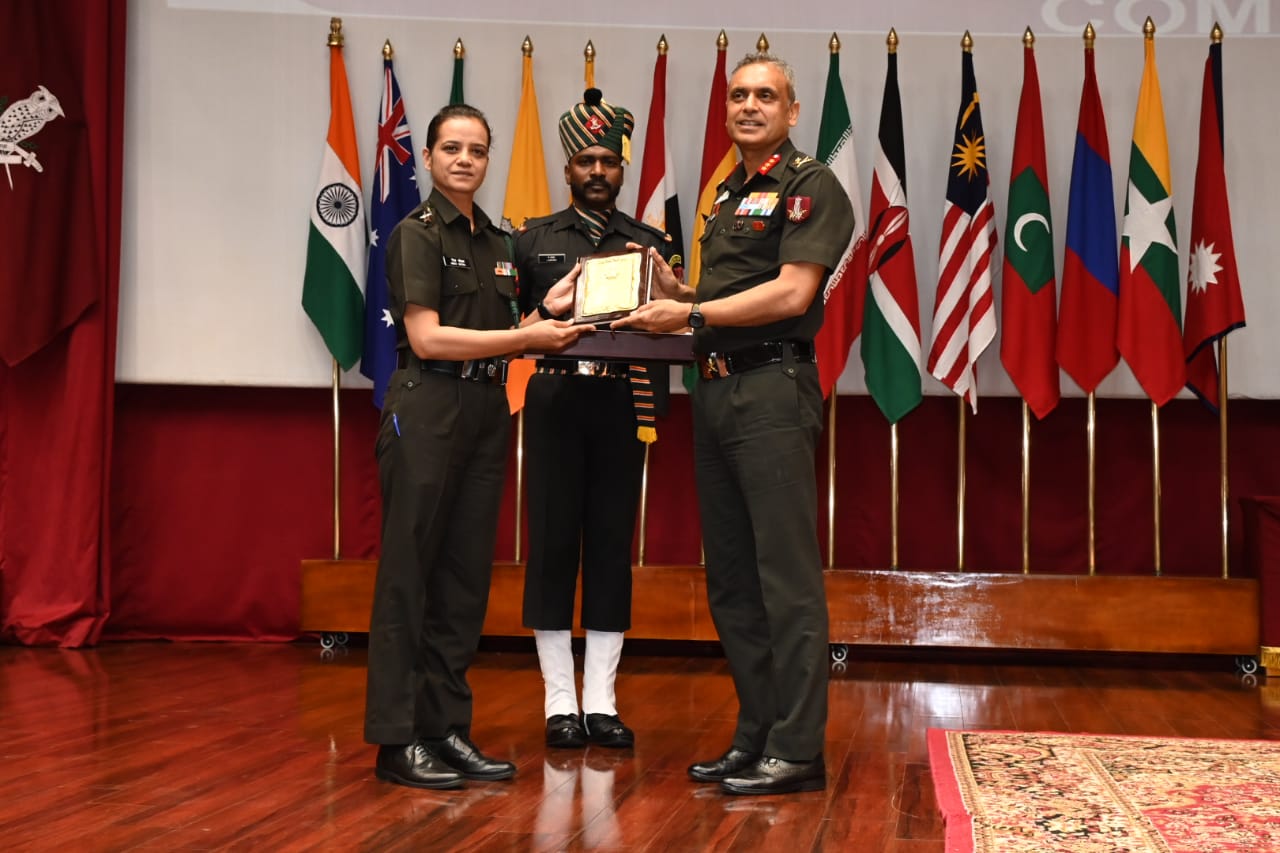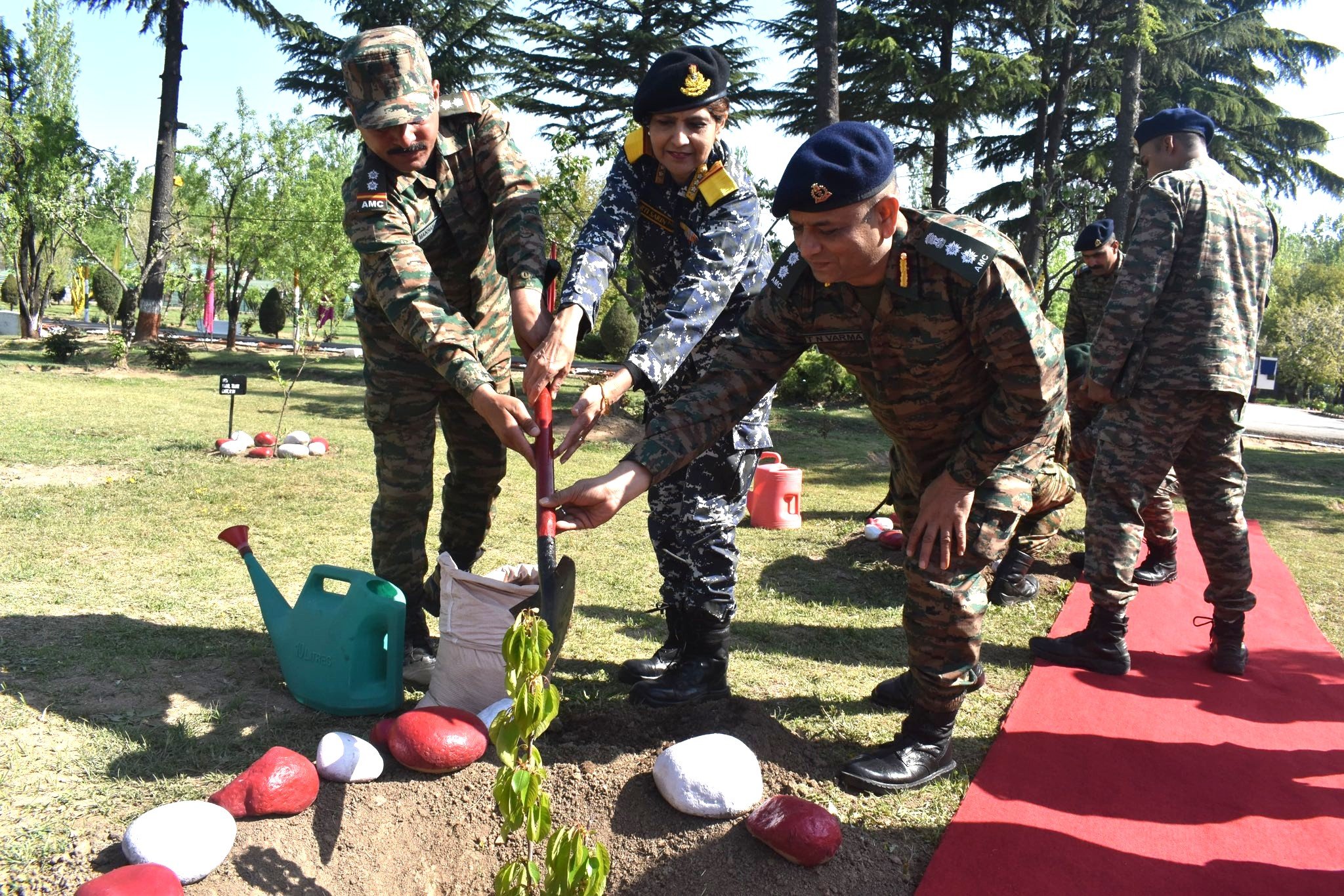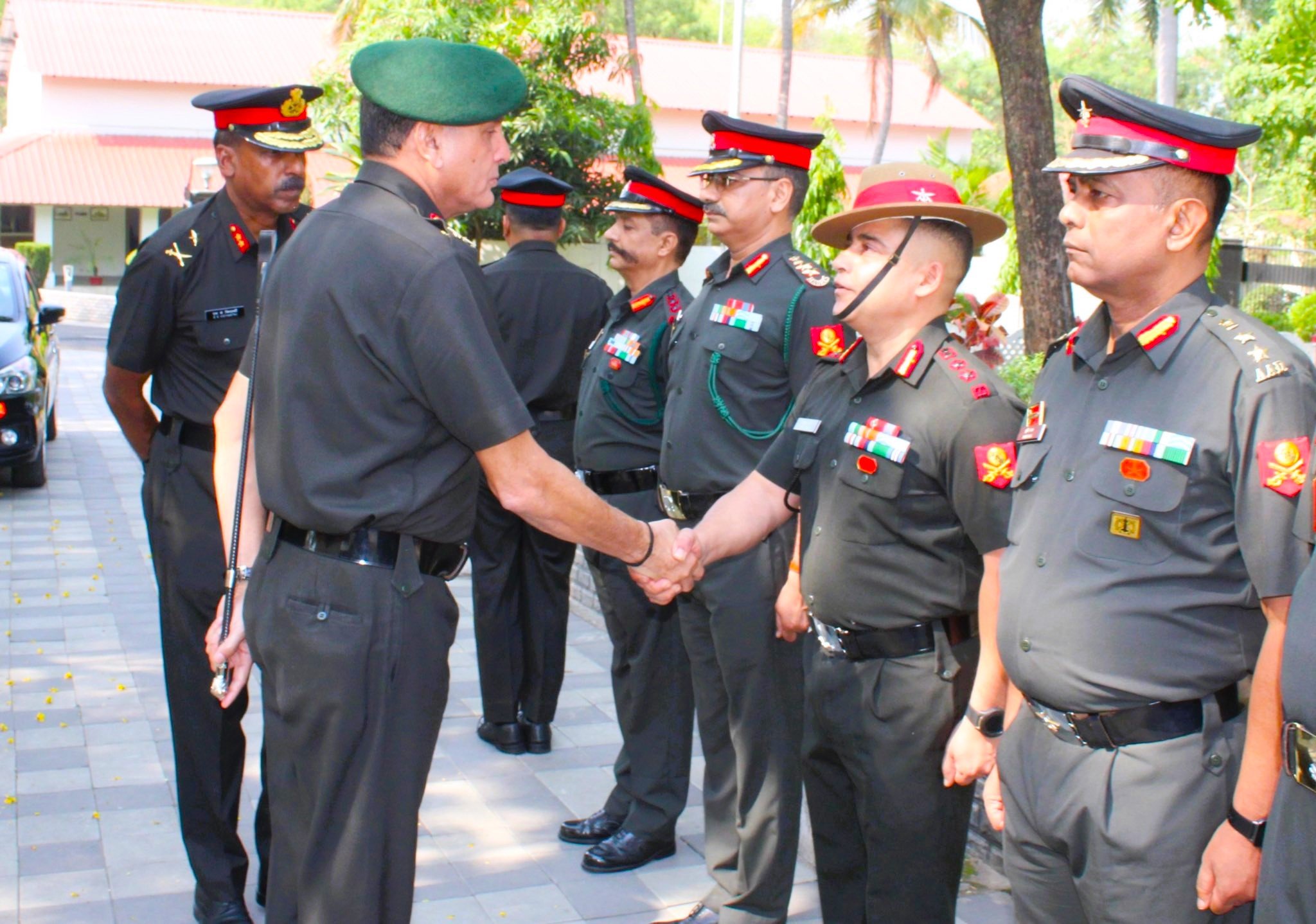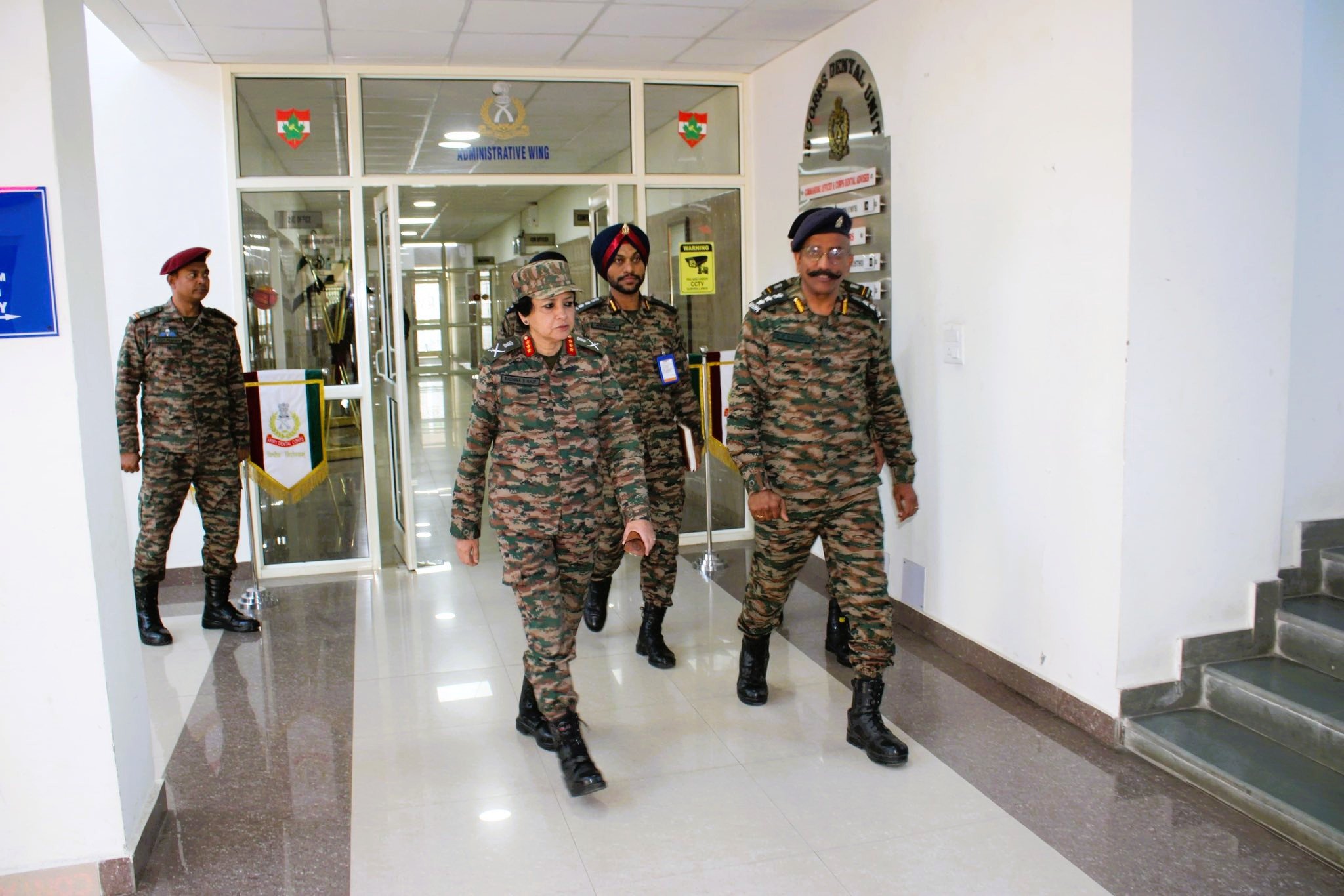The Indian Army is grappling with a critical shortage of over one lakh personnel, including officers and soldiers, at a time when tensions remain heightened along the Line of Control (LoC) with Pakistan and the Line of Actual Control (LAC) with China. The Ministry of Defence recently informed the Parliamentary Standing Committee of the shortfall in manpower, raising serious concerns about operational preparedness.
Current Strength vs Sanctioned Strength
As per the latest data, the Indian Army’s actual strength stands at 12.48 lakh personnel, falling short of the sanctioned strength by more than one lakh. Notably, as of October 1, 2024, the force had 11,05,110 soldiers against the authorized strength of 11,97,520, indicating a 7.72% shortfall. This includes a deficit of 92,410 Junior Commissioned Officers (JCOs) and Non-Commissioned Officers (NCOs).
The officer cadre has also seen a worrying decline. As of July 1, 2024, the Army had 42,095 officers (excluding the Medical Corps, Dental Corps, and Military Nursing Service) against a sanctioned strength of 50,538—reflecting a 16.71% shortfall.
Border Deployments Continue
Despite a disengagement agreement with China, over 50,000 Indian troops remain deployed in eastern Ladakh. Meanwhile, a rise in terror-related activities in Jammu has prompted the deployment of an additional 15,000 troops to the region. These sustained deployments have stretched the already depleted manpower reserves of the Army.
Recruitment Woes and Agnipath Scheme
The Covid-19 pandemic dealt a significant blow to recruitment efforts. With two years of halted recruitment and an annual retirement rate of approximately 60,000 soldiers, the Army saw nearly 1.2 lakh soldiers exit the force during that period. While the Agnipath scheme has been inducting 40,000 Agniveers annually since 2022, it has yet to fully compensate for the losses incurred during the pandemic years.
The Ministry of Defence remains optimistic that the Agnipath scheme will help bridge the gap in the coming years. “As the Agnipath scheme progresses, the shortage of soldiers will be met,” said the ministry.
Steps Taken to Improve Officer Intake
In response to the officer shortage, the ministry highlighted several reforms and initiatives:
- Improved SSB Process: Enhanced candidate turnout through reminders and second chances for missed interviews.
- Increased Batches: Doubling the number of SSB batches to allow more candidates to participate.
- Streamlined Documentation: Allowing online submission of documents during application.
- Faster Medicals: Reducing the time for medical examinations from up to 10 days to just 2–3 days.
Moreover, the ministry is working on long-term officer development strategies:
- A Young Leaders’ Training Wing has been launched at the Officers Training Academy (OTA) Chennai to train serving soldiers for officer roles.
- The Technical Entry Scheme (TES) has been revised from a 4-year to a 3+1 year format, enabling earlier commissioning of officers.
Looking Ahead
The Ministry of Defence emphasized that officer vacancies are being filled in a time-bound manner and that reforms in the selection and training process have already begun to show results in improving intake percentages.
As India faces evolving security challenges on multiple fronts, addressing the personnel shortage in the Army remains a strategic imperative. The coming years will be crucial in determining how effectively the ongoing reforms and recruitment drives can restore optimal strength and maintain operational readiness.

